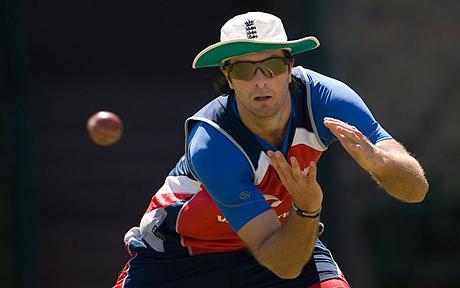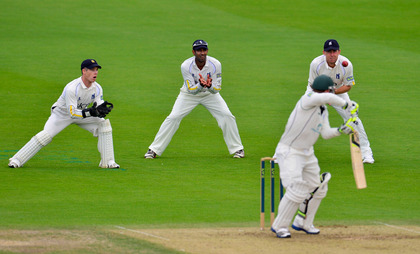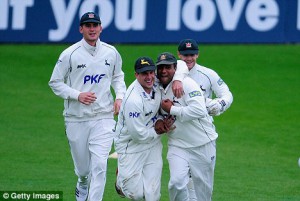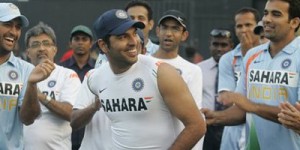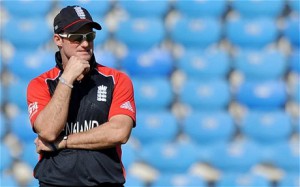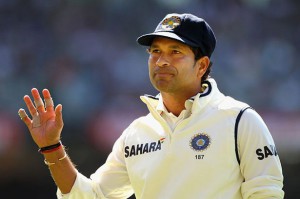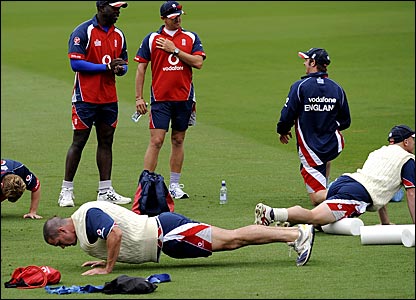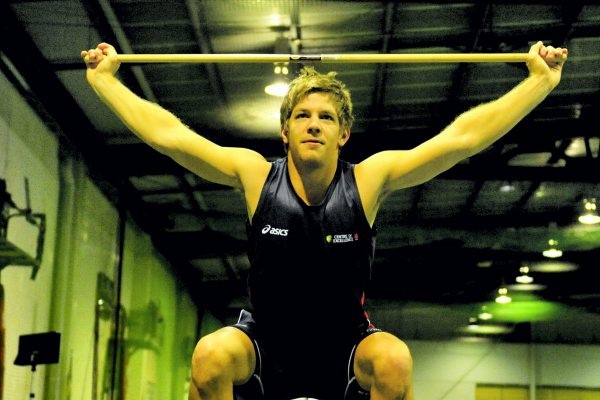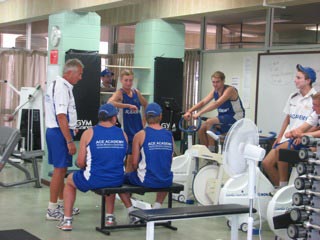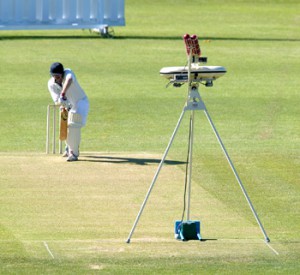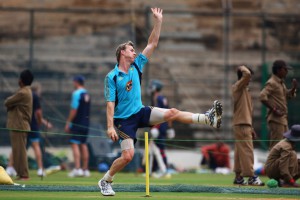Parts of a Cricket Bat
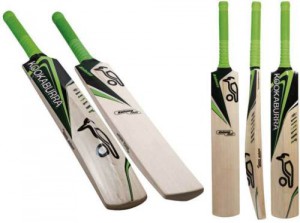
Cricket is a non-contact bat and ball sport with similarities to baseball. A batsman faces a bowler and attempts to hit a hard, leather-covered ball to score runs. Cricket bats are traditionally made of white willow wood that has been treated with linseed oil to make the wood waterproof and less likely to split. Cricket bats are available in a range of sizes and weights to suit male, female and junior cricketers.
Cricket Bat Handle

The handle of a cricket bat is cylindrical and covered in a rubber or fabric grip to prevent it from slipping out of your hands. The handle, made from white willow wood or cane, is often bound with fine twine to further enhance your grip, and is attached to the body of the bat via a woodworking joint called a splice, essentially a V-shaped plug. The handle is long enough that the batsman can hold the bat with one hand above the other.
Cricket Bat Shoulder
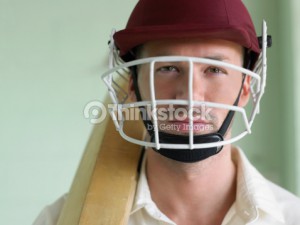
The top part of a cricket bat closest to the handle is called the shoulder. This part of the bat is not used for striking the ball, although it counts if the ball hits this part of the bat accidentally. The shoulder of a cricket curves down and away from the handle to become part of the main body of the bat.
Cricket Bat Blade

The main body of a cricket bat is called the blade. The rear of the blade has a pronounced outward curve that provides weight and rigidity to the bat while the front of the blade is flatter and provides the main striking surface. Some cricket bat blades are covered with hard plastic to protect the wooden surface from wear and tear. The center of the blade is known as the sweet spot, although batsmen will use different parts of the blade to play different shots. The ball can be clipped and hit at an angle by using the edge of the bat or driven straight off the sweet spot.
Cricket Bat Toe
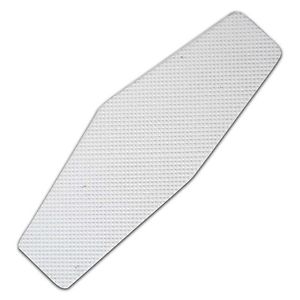
The toe of the bat is the bottom of the blade and the part of the bat that rests on the ground as the batsman waits to hit the ball. While a batsman does not purposely use the toe of the bat to hit the ball, if the ball should glance off this part of the bat, any runs scored count.

